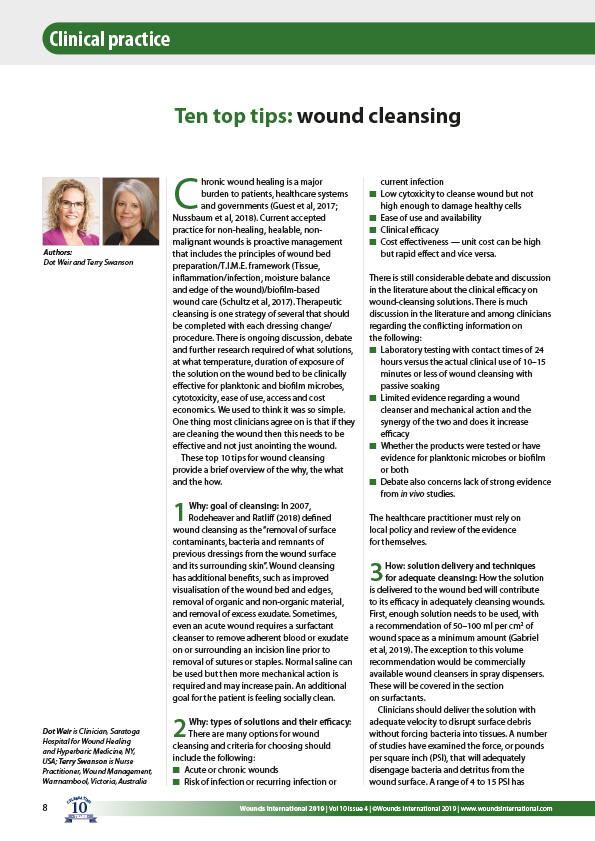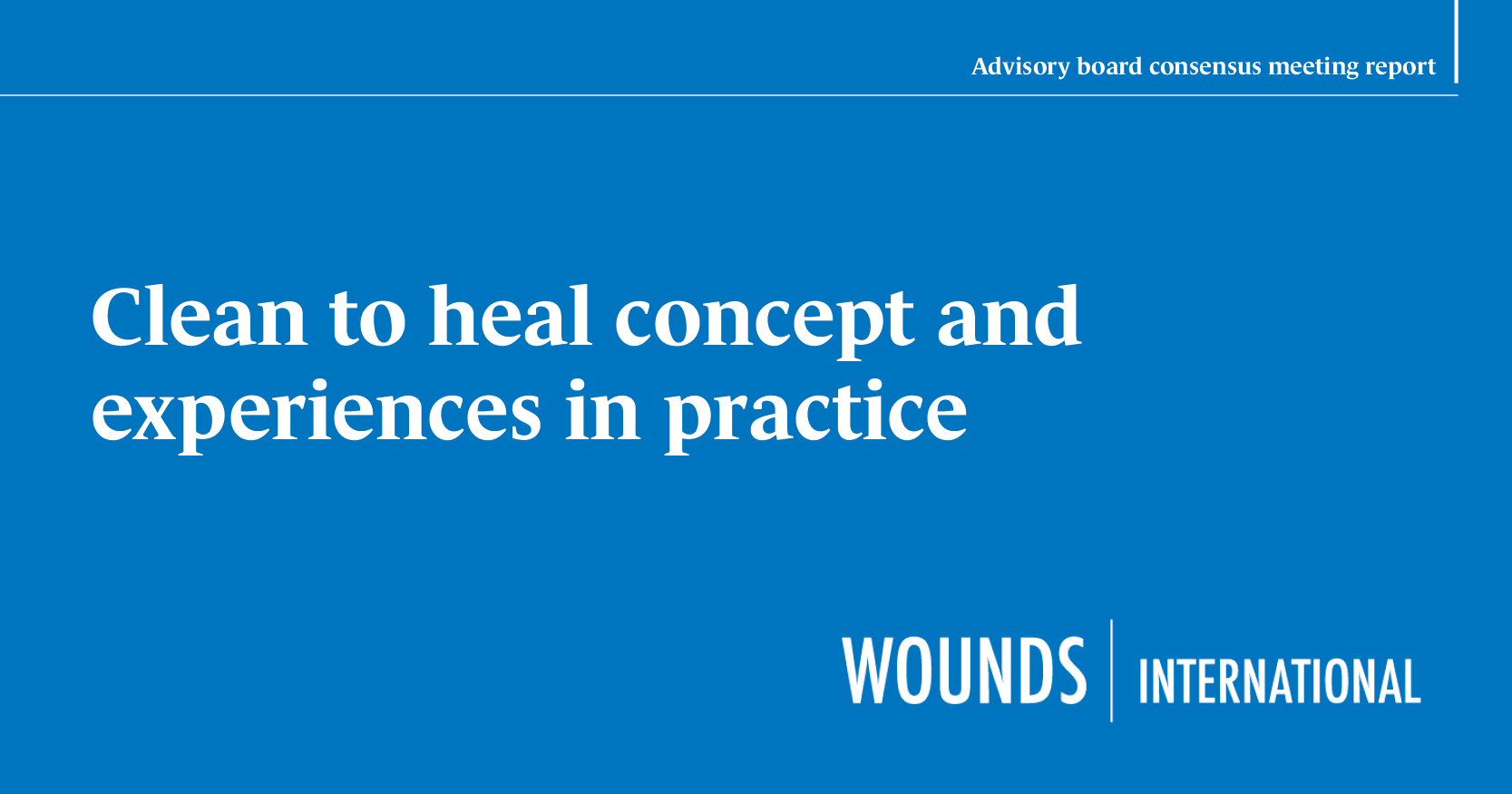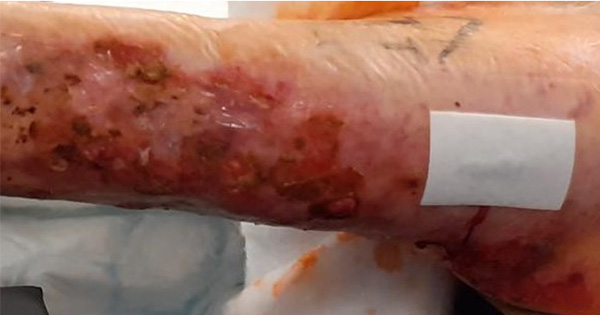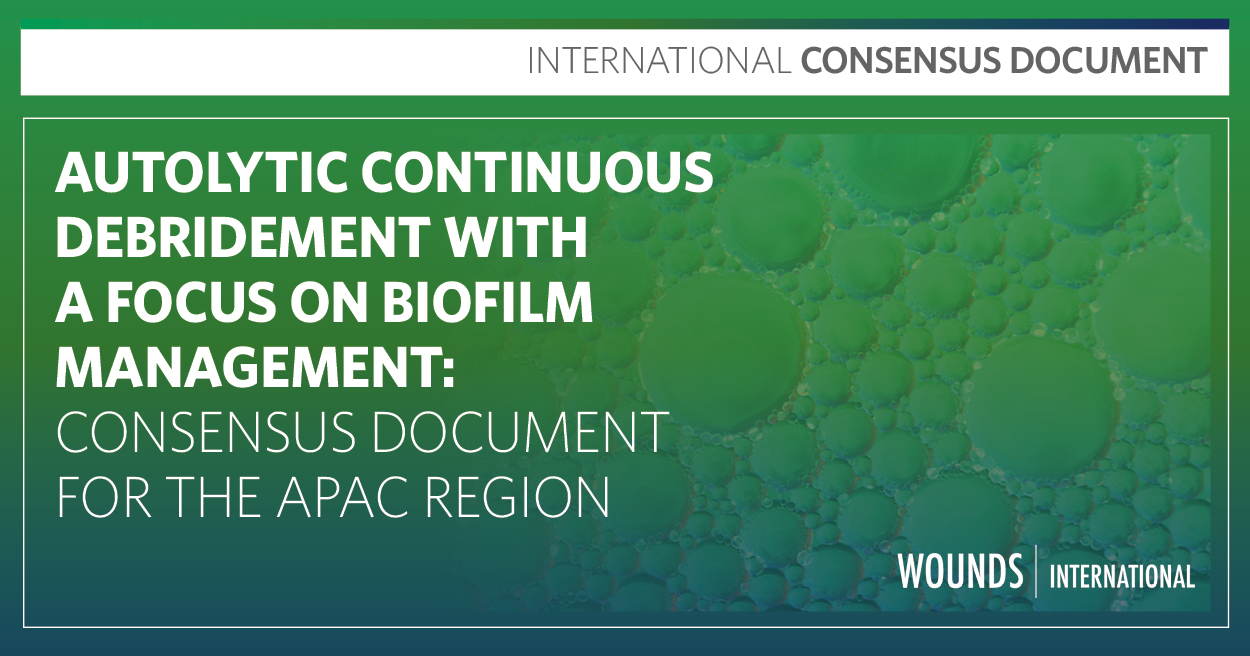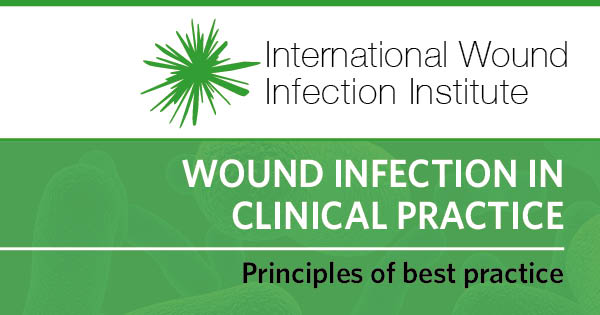Chronic wound healing is a major burden to patients, healthcare systems and governments (Guest et al, 2017; Nussbaum et al, 2018). Current accepted practice for non-healing, healable, nonmalignant wounds is proactive management that includes the principles of wound bed preparation/T.I.M.E. framework (Tissue, inflammation/infection, moisture balance and edge of the wound)/biofilm-based wound care (Schultz et al, 2017). Therapeutic cleansing is one strategy of several that should be completed with each dressing change/ procedure. There is ongoing discussion, debate and further research required of what solutions, at what temperature, duration of exposure of the solution on the wound bed to be clinically effective for planktonic and biofilm microbes, cytotoxicity, ease of use, access and cost economics. We used to think it was so simple. One thing most clinicians agree on is that if they are cleaning the wound then this needs to be effective and not just anointing the wound.
These top 10 tips for wound cleansing provide a brief overview of the why, the what and the how.

